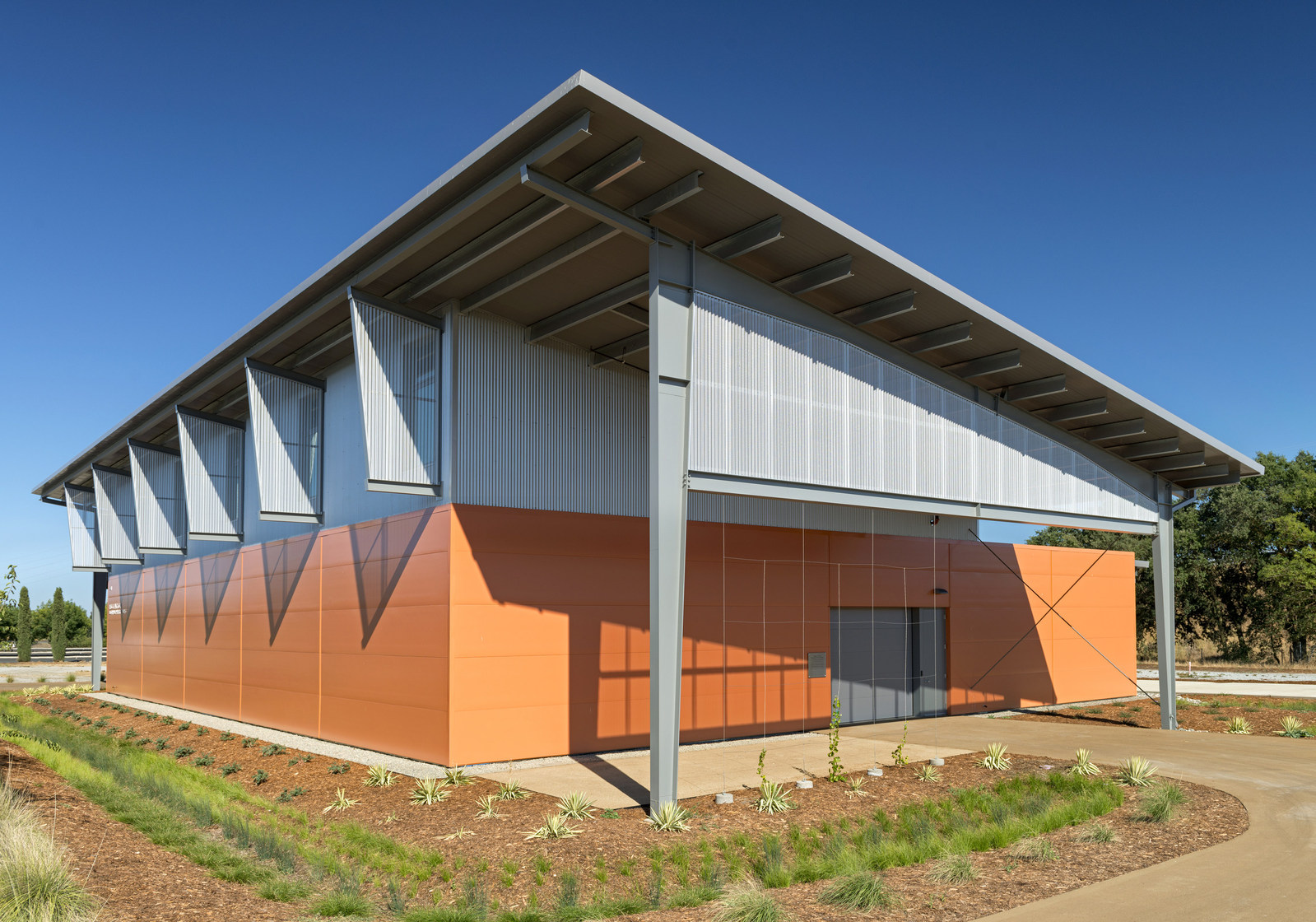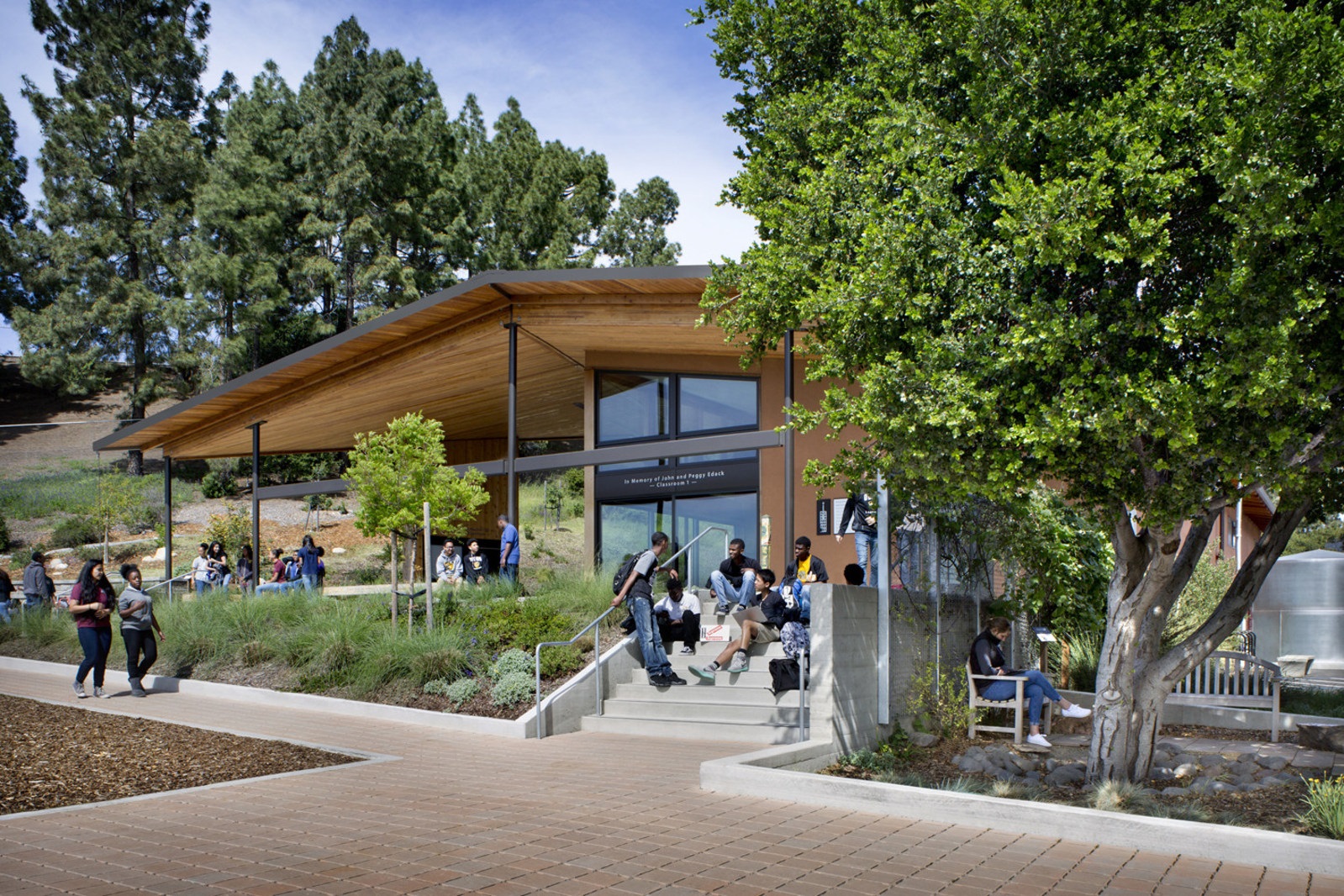Zero-Net Energy Buildings Market to Reach $78.8B by 2025
An increasing number of property owners around the world are turning to onsite renewable resources to fully support energy needs at their buildings, according to a new report by Grand View Research Inc.
By Barbra Murray

The Jess S. Jackson Sustainable Winery Building at the University of California Davis
Photo by Jasper Sanidad
Properties are becoming greener and greener. Come 2025, the global net-zero energy buildings (NZEB) market will have climbed to approximately $78.8 billion, according to a new report by Grand View Research Inc.
The projected market increase is a notable one, considering the NZEB market size was valued at a little over $8 billion in 2016. “The need for a transitioning to a low-carbon economy in order to develop energy-efficient solutions and reinvent the existing as well as new infrastructure is anticipated to elevate the demand for net-zero energy,” per the report.
As defined by the U.S. Department of Energy, a NZEB is a building that generates enough renewable energy to meet its own annual energy consumption requirements, thereby reducing the use of non-renewable energy at the property. The residential sector has contributed to the NZEB market, but it’s the commercial real estate sector that accounts for the bulk of these properties, at more than 75 percent of the global NZEB market in 2016. The commercial segment’s dominance can be attributed to two circumstances: greater demand and higher adoption.
In terms of market share on the regional level, North America led the pack a in 2016 among the surveyed locations, a list that includes 18 countries in North America, Europe, Asia Pacific, South America and the Middle East and Africa. The region’s superior presence in the NZEB market is due in no small part to the high implementation of relevant technologies in both Canada and the U.S., with a major contribution from California.
The road to 2025

The Center for Environmental Studies at Bishop O’Dowd High School in Oakland, Calif.
Photo by David Wakely
There are a host of factors that are expected to continue to bolster the number of NZEBs, including advances in technology, as well as expanding policies and programs. Additionally, organizations’ mounting desire or need to meet certain targets and abide by regulations pertaining to sustainability and carbon emissions reduction will further contribute to the growth of the market.
There’s nothing like a good example to enhance participation: the net-zero energy trend is becoming increasingly prevalent at a range of properties, including corporate offices, institutional facilities, public buildings and schools. Architecture firm Siegel & Strain announced earlier this year that two of its projects, Bishop O’Dowd High School’s Center for Environmental Studies in Oakland, Calif., and the Jess S. Jackson Sustainable Winery Building at the University of California, Davis, made the list of California’s 20 verified NZEBs. In 2013, Walgreens blazed a trail with the announcement of the first net-zero energy retail store in the U.S.
“The large number of successful projects with the use of current technologies and design approaches have created awareness among the population regarding how realistic and achievable the net-zero energy goals are,” according to the Grand View report.







You must be logged in to post a comment.